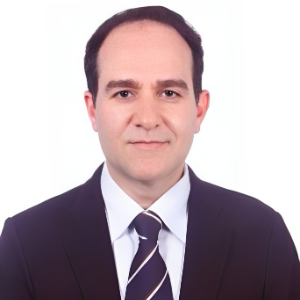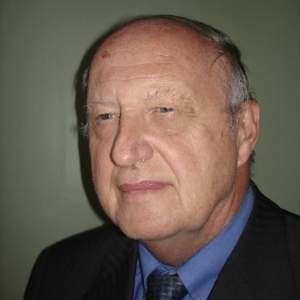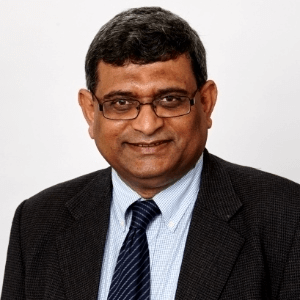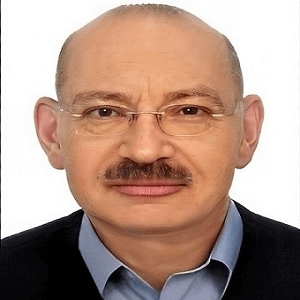Microscopy-based nano characterization methodologies are a powerful tool used in the scientific field to investigate the physical and chemical properties of nanomaterials. By using microscopic imaging techniques, researchers are able to observe and analyze nanomaterials on a microscale. Microscopy has enabled scientists to gain a better understanding of nanomaterials and their properties, which can then be applied to various industries, such as the medical, electronics, and aerospace industries. Atomic force microscopy (AFM) is a type of microscopy-based nano characterization methodology that is used to measure the surface properties of nanomaterials. AFM utilizes a sharp probe to interact with the sample’s surface and measure the force required for the probe to move across the surface. This provides researchers with insight into surface features such as roughness, porosity, and adhesion. AFM can also be used to measure the mechanical and electrical properties of nanomaterials, allowing for a more detailed analysis. Scanning electron microscopy (SEM) is another type of microscopy-based nano characterization methodology. SEM utilizes a focused electron beam to image surfaces in high resolution. This technique is commonly used to observe the size and shape of nanomaterials and to measure the surface topography. SEM can also be used to analyze the chemical composition of nanomaterials, allowing researchers to identify the elements present in the sample. Transmission electron microscopy (TEM) is yet another microscopy-based nano characterization methodology. TEM is used to study the structure of nanomaterials on an atomic level.

Thomas J Webster
Hebei University of Technology, United States
Hossein Hosseinkhani
Innovation Center for Advanced Technology, Matrix, Inc., United States
Hai Feng Ji
Drexel University, United States
Paulo Cesar De Morais
Catholic University of Brasilia, Brazil
Azzedine Bensalem
Long Island University, United States
Robert Buenker
Wuppertal University, Germany
Rafal Kozubski
Jagiellonian University in Krakow, Poland
Sylwia Wcislik
Kielce University of Technology, Poland
Raman Singh
Monash University-Clayton Campus, Australia


Title : Circumventing challenges in developing CVD graphene coating on mild steel: A disruptive approach to remarkable/durable corrosion resistance
Raman Singh, Monash University-Clayton Campus, Australia
Title : Highlighting recent advancements in electromagnetic field subwavelength tailoring using nanoparticle resonant light scattering and related topics
Michael I Tribelsky, Moscow State University, Russian Federation
Title : The impact of nanomedicine: 30,000 orthopedic nano implants with no failures and still counting
Thomas J Webster, Hebei University of Technology, United States
Title : Logistic-modified mathematical model for tumor growth treated with nanosized cargo delivery system
Paulo Cesar De Morais, Catholic University of Brasilia, Brazil
Title : Current and future of red and black phosphorus nanomaterials
Hai Feng Ji, Drexel University, United States
Title : Azodye photoaligned nanolayers for liquid crystal: New trends
Vladimir G Chigrinov, Hong Kong University of Science and Technology, Hong Kong
Title : Atomistic simulation of chemical ordering phenomena in nanostructured intermetallics
Rafal Kozubski, Jagiellonian University in Krakow, Poland
Title : The enhanced cytotoxic effect of curcumin on leukemic stem cells via CD123-targeted nanoparticles
Wariya Nirachonkul, Chiang Mai University, Thailand
Title : Efficiency of nanoparticles (Micromage-B) in the complex treatment of multiple sclerosis
Andrey Belousov, Kharkiv National Medical University, Ukraine
Title : Innovative method of nanotechnology application in the complex treatment of multiple sclerosis
Andrey Belousov, Kharkiv National Medical University, Ukraine